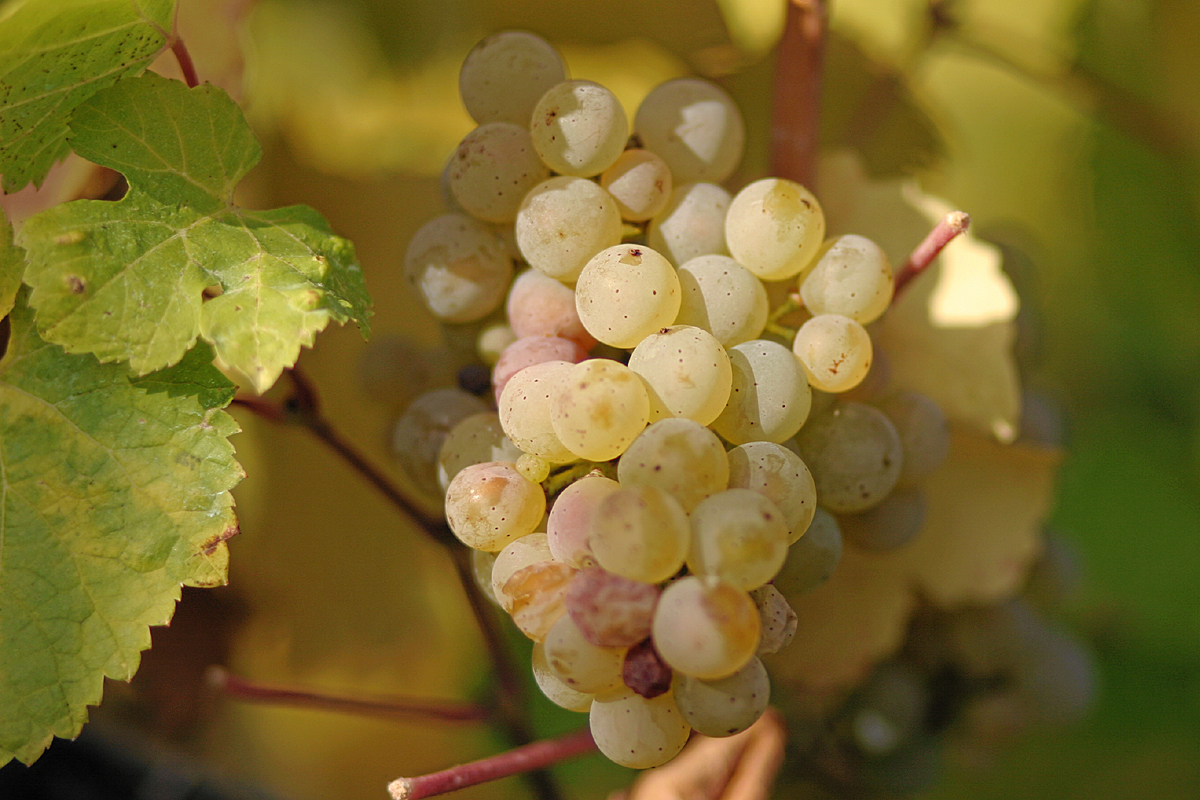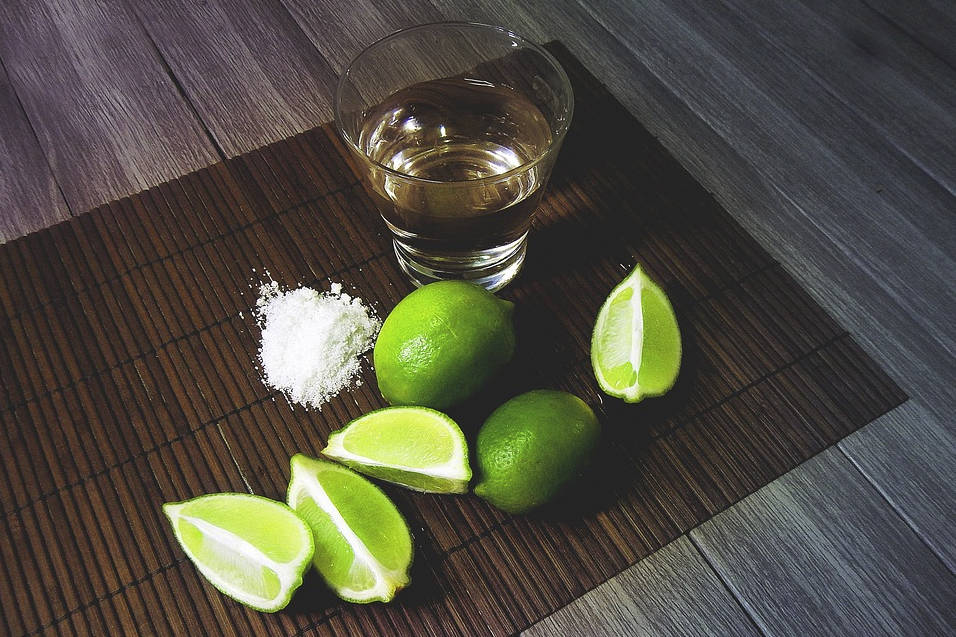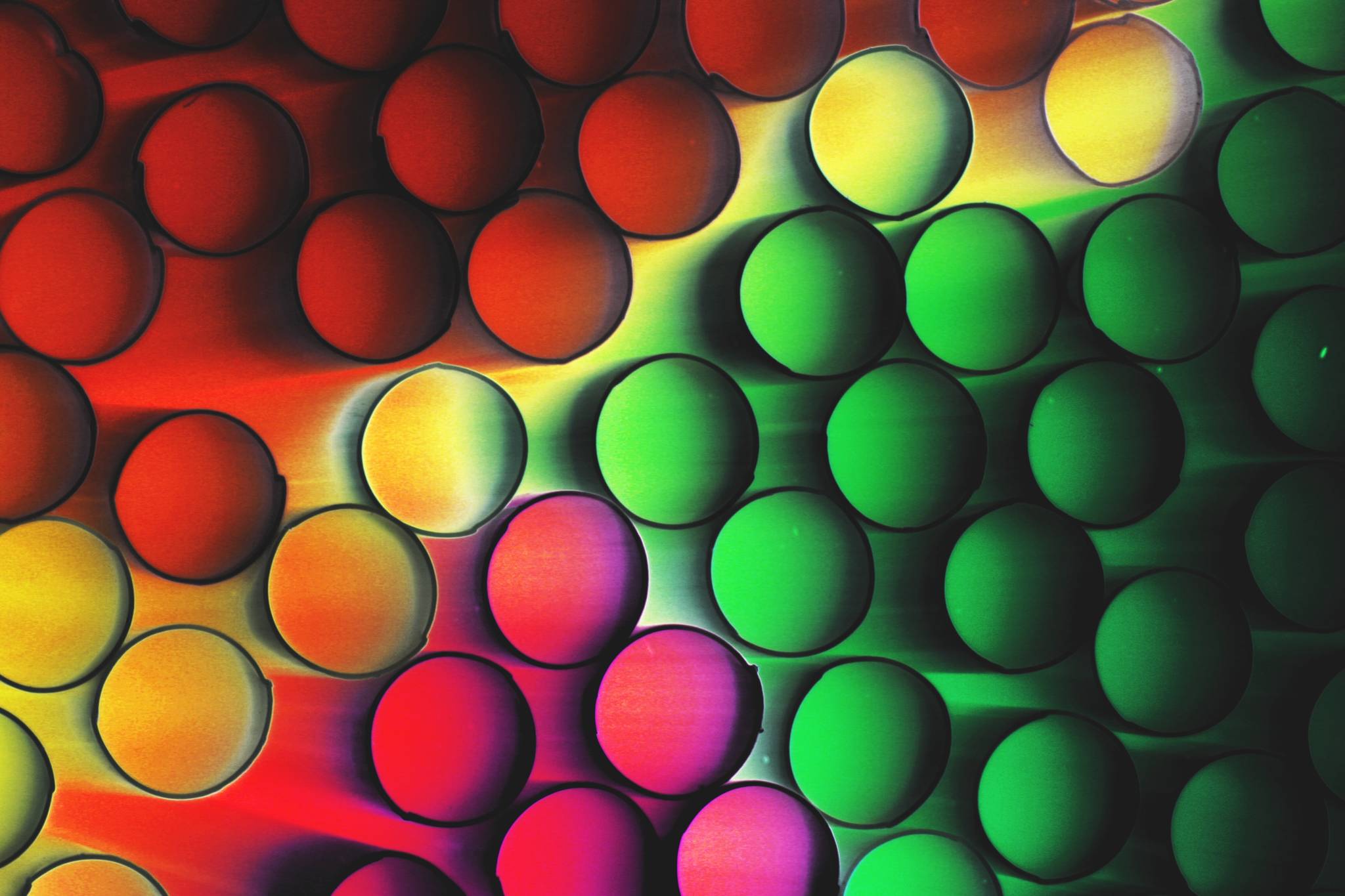Few things are more predictable in the wine world than the yearly declaration that we have finally arrived at the “Summer of Riesling.” Despite the constant drumbeat from wine writers, sommeliers, and wine makers, American consumers have been slow to change their long-held opinions of this iconic grape: sweet, fruity, and unserious. For those of you open to changing your opinions however, the upcoming Riesling Rendezvous is an unparalleled opportunity to explore this misunderstood varietal.
The Grand Tasting on Sunday, July 17 at Chateau Ste. Michelle will feature wines not just from Germany and Washington, but also Austria, Australia, British Columbia, France, and New Zealand, as well as Oregon, Idaho, California, Michigan, and New York. Given that the grape is hailed as one of the best at conveying a sense of terroir, or place, such diverse offerings should be fascinating. Furthermore, while there will undoubtedly be a few sweeter styled wines available, a majority of the world’s riesling is made in a dry style.
Sweetness in wine scares many would-be drinkers away, with its evocation of bad decisions made in high school, yet it can be a true joy when properly balanced by acidity. Indeed, for much of the history of wine, many of the most exalted offerings have been sweet, be they the trockenbeerenauslese of Germany, the Sauternes of France, or the Madeira of Portugal. The fact that retaining sweetness in wine required fortuitous growing conditions and a certain degree of skill meant that those wines were cherished (and pricy). Only recently, thanks to our incredible array of cheap sweet drinks, have we decided that sweetness (even naturally occurring) is something to recoil from.
That change is evident right here in Washington State, where riesling was one of the earliest varietals to attract outside attention. Where once there was a sizeable market for off-dry wine, the vast majority are now nearly, if not totally, dry. Without the buffer of sugar to perhaps hide lower-quality wine, current takes on riesling are more transparent.
These drier versions often allow for a better appreciation of the complexities of the grape: not just flavors of green apple and lime, but vibrant acidity, hints of flowers, and most interestingly, an aroma that can alternately be described as “plastic-y,” “petrol,” or even in older bottlings “heavy crude.” That smell, perhaps more than any other, sets riesling apart, and while some might find it strange that a wine that smells like something you’d put in your gas tank can be so lauded, that aromatic complexity is prized by producers and consumers alike.
That’s why Riesling Rendezvous is such a great opportunity to learn and explore. While riesling shares some commonalities no matter where it’s made, you’ll have a chance to see what tastes and smells distinguish a riesling from Germany’s Mosel Valley, Australia’s Yarra Valley, or our own Columbia Valley. Then, if not an entire “Summer of Riesling,” you can at least have a Sunday full of it.
barcode@seattleweekly.com








